Review: Canon EOS R6 and RF 600mm F11/800mm F11
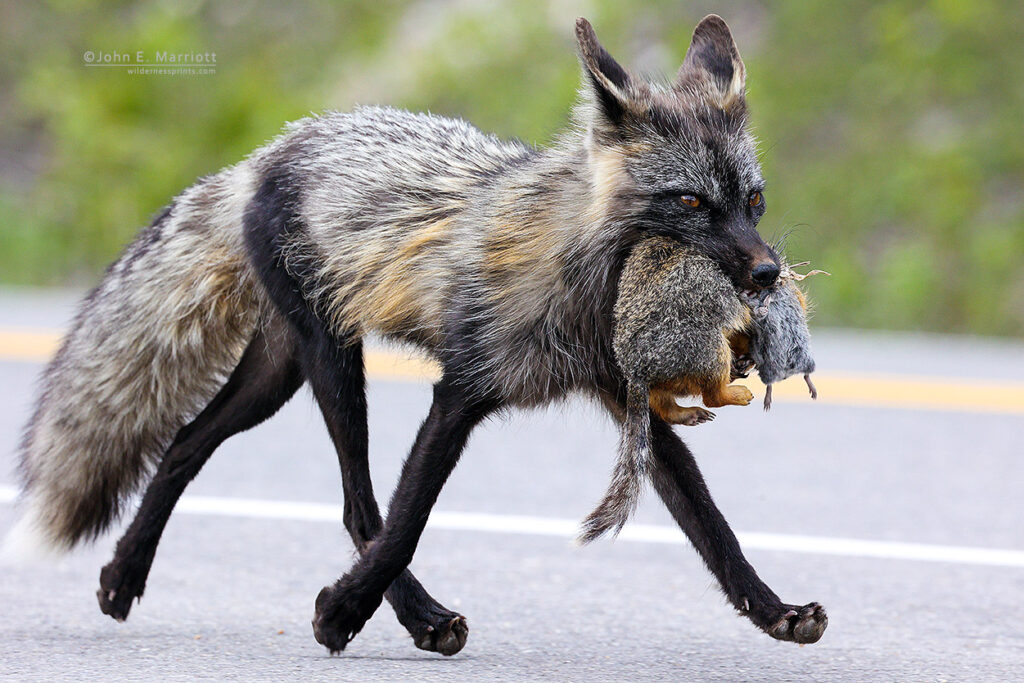
Disclaimer: The following review of the Canon EOS R6 mirrorless camera and Canon EOS RF 600mm F11/800mm F11 compact, super telephoto lenses is not a technical review, it is a hands-on “here’s how it feels, shoots and performs” kind of review with lots of sample images. I am sponsored by Canon and am a Canon Ambassador, so I was fortunate enough to get to field test the R6 with the RF 600 and RF 800 telephotos for a day in mid-June 2020. This review is based on those field tests, which were more me taking the gear and using it in real wildlife photography situations than actually doing any kind of technical testing.
All images shot on pre-production models of the Canon EOS R6 camera and the Canon RF 600mm F11 and 800mm F11 lenses. Note that I was not able to import these RAW files into Lightroom as part of my normal workflow, so post-processing was limited.

The Bottom Line: Worth the Money or Not?
As I did in yesterday’s review of the Canon EOS R5 mirrorless camera body and the new RF 100-500mm F4.5-7.1 telephoto zoom lens, for those of you that just want to know if you should buy this camera and/or these lenses without having to go read a whole review, here’s my bottom line: the Canon EOS R6 is basically a cheaper, mini-me version of the R5. It would make a superb first camera for many of you and a great backup camera to those of you that are going to end up purchasing the R5 but don’t want to dole out the extra cash for another R5. It really is close to a perfect mini-me version of the R5 with just a few bells and whistles missing, and, most notably, a much smaller sensor at 20 MP (same size sensor as the 1DX III).
As for the RF 600mm F11 and RF 800mm F11 compact super telephotos, I’ll dive into the details below, but both of these lenses really surprised me with how light and small they are, and, most importantly, with how sharp they are. Are they as sharp as an L-Series EF 600mm F4 prime? No, of course not. But are they sharp enough? Absolutely. And given the price, I think one or both of these are absolute must-haves for many of you amateurs out there.

A Closer Look at the Canon EOS R6
The Canon EOS R6 mirrorless is a 20MP camera that mirrors many of the same features of its big brother body, the Canon EOS R5. For a few thousand dollars less, you lose a bunch of MPs, but not much else in terms of real world wildlife photography. For this reason, I think it makes a superb first camera option for most beginners that can afford one, or a great backup option for owners of the R5.
On my single day testing it, the Canon rep and I left Canmore at 4:15 a.m. and drove around Banff and Jasper national parks until 10 p.m., firing more than 2300 shots on a single battery charge. Like the R5, it’s a beautiful, little, lightweight camera that balances nicely with both the RF 100-500mm F4.5-7.1 and the two new DO lenses, the RF 600mm F11 and the RF 800MM F11.
I got quite a few opportunities to test out the Animal AF mode with the R6 and was blown away by how good it was on a variety of subjects, including the fox and the grizzly bear shots above. Get that camera and lens pointed at an animal, almost any animal, wait for it to turn its head toward you so that the camera can detect the eyeballs, and then let your guns blaze and the camera will do the rest! It missed here and there, but in the end seemed to me to be far more accurate than if I had relied on my own skills to try to track the animal in normal servo mode.
The smaller sensor also provides more leeway with sharpness and shooting at high ISOs than the R5 because of its lower number of pixels, so combined with the accuracy and effectiveness of the Animal AF mode, I found myself shooting huge sequences of animals in motion with the camera and each of the lenses and getting tons of keepers.
Speaking of high ISOs, I shot this camera up to ISO 5000 without having to use much, if any, noise removal on most images, which speaks volumes about how nice of a sensor this is.
I did also get more of a chance to shoot at high frame rates with the R6 and while it does take some getting used to shooting with the electronic viewfinder in electronic shutter mode (20 fps), I did not notice much in the way of rolling shutter effects in my final images. With that said, though, I would still probably shoot most action in mechanical shutter mode (12 fps) just in case.
I really don’t have much else to say about the R6. The files are obviously not as big as the R5’s files, but they’re still crystal clear and sharp and more than usable for professional or amateur users.

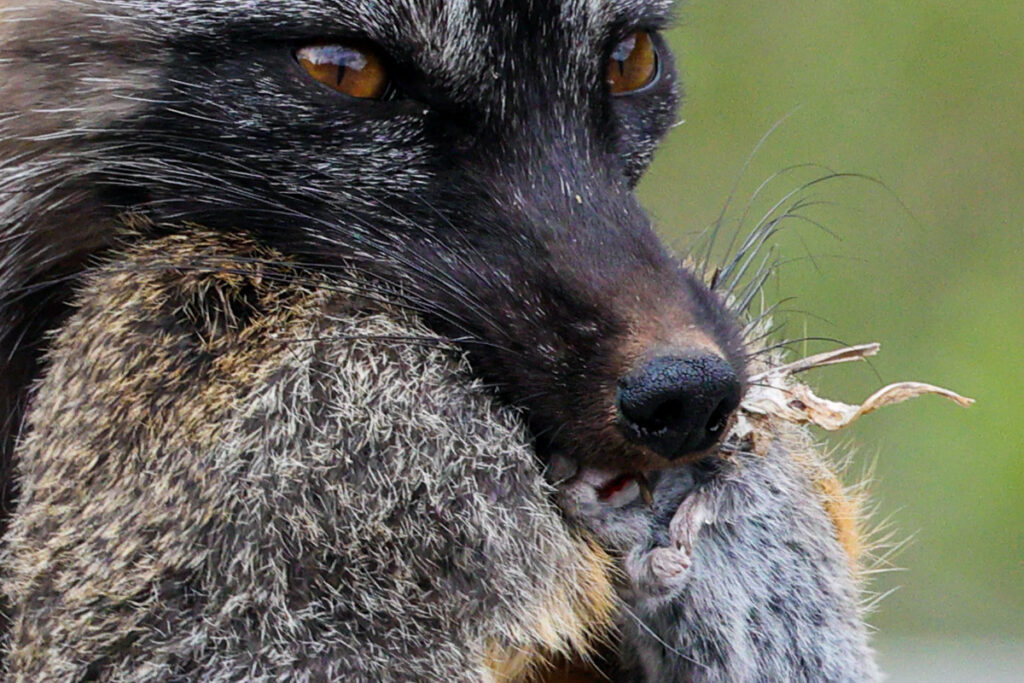




RF 600mm F11/800mm F11 Lenses
I’ll review these two lenses together, as they’re both extremely similar, with similar sizes (the RF 800 is slightly larger and heavier) and prices (the 800 also costs a bit more). Both are very compact, very light lenses that really do provide superb image quality for the price you’re paying. Compared to saving up years to buy a big, L-Series prime lens like an EF 500mm F4, these lenses instantly make long lens wildlife photography accessible and affordable to almost everyone.
Their drawbacks are to be expected: they’re not as sharp as L-Series prime lenses and they’re not very usable in low light because of their set F11 aperture. You also don’t get the lovely blurred bokeh of an L-series lens. But with that all said, the RF 600mm and RF 800mm are approximately 1/12th the price of their monster prime versions. They work incredibly well with either the R5 or R6’s IBIS (in body stabilization) and they’re both very, very hand-holdable, which is not something anyone ever said about the L-Series EF 600mm or 800mm primes. In short, they’re pretty cool lenses and I was actually shocked at how sharp they were. I would not hesitate to recommend them to amateurs that want to get into the long lens game for a fraction of the cost of the big L-Series primes.

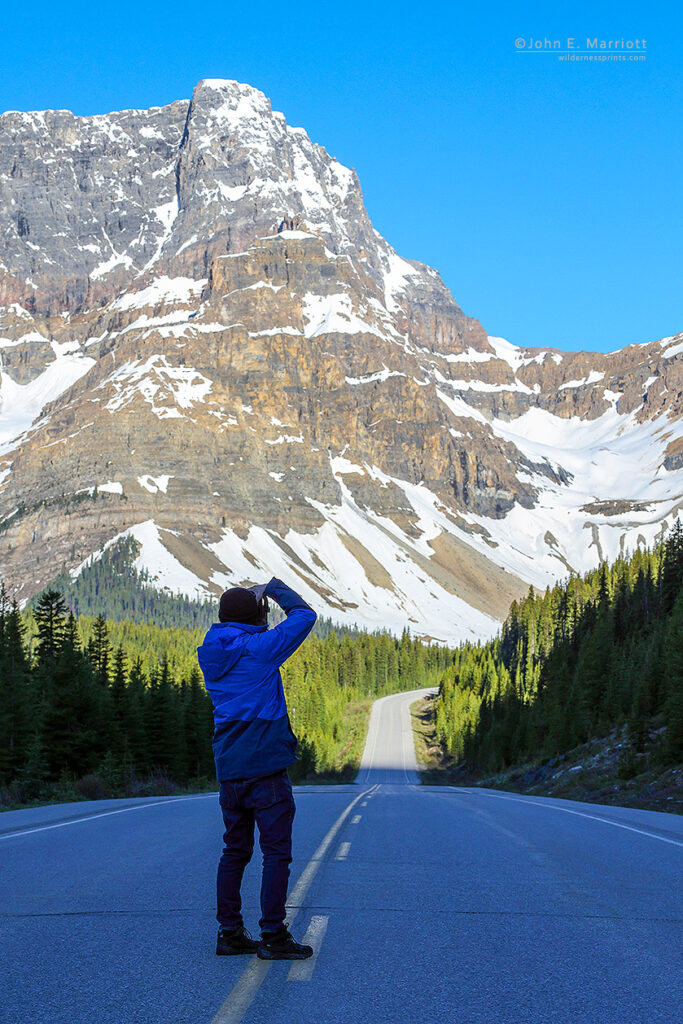
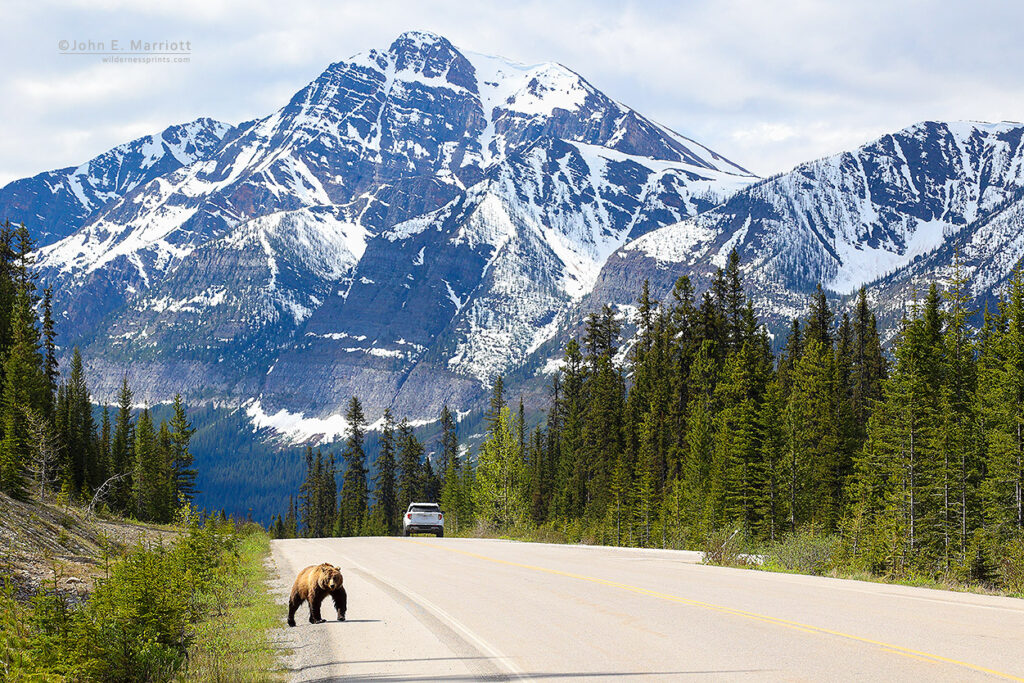
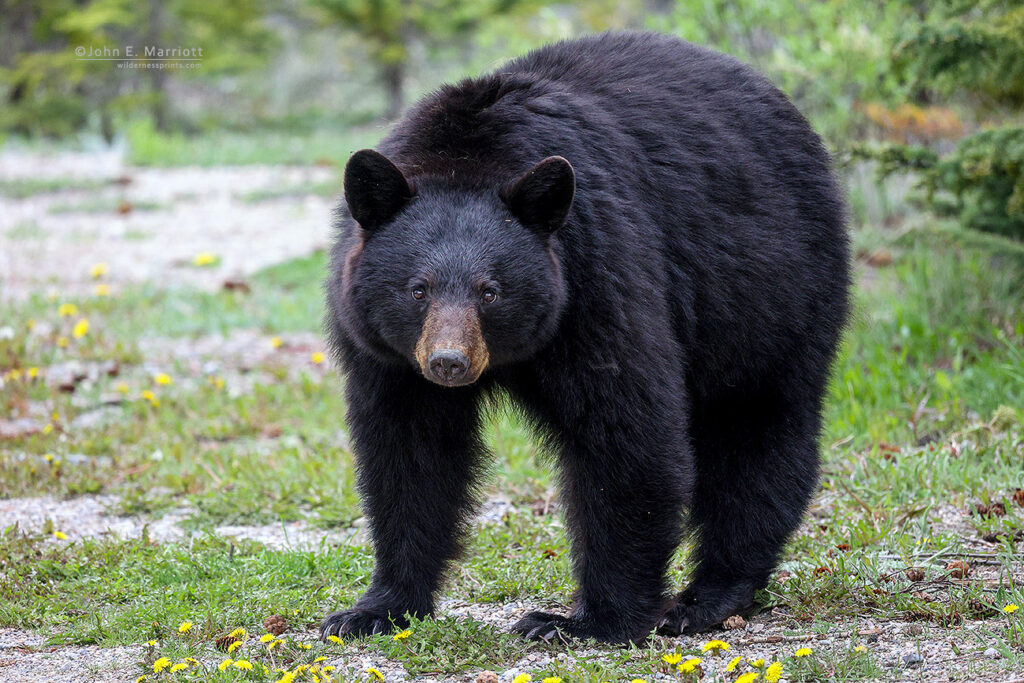


Summary
The Canon EOS R6 is a great mirrorless camera body and while it doesn’t have the resolution of its big brother, the R5, it has most of the other features that are important to wildlife photographers. It would make an excellent first mirrorless body for people that don’t care about the extra pixels and/or don’t want to have to deal with the storage issues of the larger files and/or for people that can’t afford the more pricey R5. And it would make a superb backup body for anyone picking up the R5 as their primary camera and looking for a more affordable backup that still doesn’t sacrifice much when it comes to quality. The two cameras are so alike that I was easily able to switch back and forth between them without missing a beat.
One other feature that I loved about both the R5 and R6 that I neglected to mention yet (since I do focus more on taking stills than video), is that it is unbelievably easy to switch from taking stills to video and vice versa and yet not have to adjust your settings. One press of a Record button near the shutter button and you’re instantly filming video with whatever settings you’ve set it up at (1/125th and f16, for instance), then one more click and you’re right back to stills again at whatever you were shooting at (1/1000th at f5.6, for instance). I found this to be an incredibly handy feature for those of us that do want to shoot the odd video to go with all of our regular images.
As for the RF 600mm F11 and the RF 800mm F11 telephoto lenses, I don’t really think these will fill much of a gap for full-time professionals like myself, but for amateurs and beginners that desperately want more reach but don’t want to break the bank or their back, these are phenomenal little lenses that are more than suitable for all wildlife photography other than very low light shooting (especially on a camera like the R6 that can easily handle ISOs up to and beyond 5000).
Thanks for tuning in, everyone, and as I mentioned in my Canon EOS R5 review, please Comment below if you have any questions and I’ll do my best to get back to you.
19 Comments on “Review: Canon EOS R6 and RF 600mm F11/800mm F11”
© JOHN E. MARRIOTT, JEM PHOTOGRAPHY 2021

John H Brown
August 7, 2020 at 8:30 amThanks for the two great reviews John, it does make waiting for my R5 to arrive a little tougher though. I was really curious about your take on the two f11 lenses and was pleased to see your comments.
John E Marriott
August 7, 2020 at 9:53 amThanks John, I was really surprised with how nice the F11 lenses were. Definitely makes long lens photography more affordable for beginners and hobbyists/amateurs.
Lee Horbachewski
August 7, 2020 at 11:18 amThorough, honest and informative! Thanks so much for the two blogs reviewing the new R series gear. You’ve helped tremendously in making my decision: a R5 and 100-500mm. My savings account may not thank you, but I certainly do!
John E Marriott
August 11, 2020 at 12:08 pmHaha, thanks Lee.
Roberta Olenick
August 7, 2020 at 6:03 pmThanks for this comparison, John.
What is the viewfinder like compared to that on a dSLR? Of course I use my camera and big glass for wildlife viewing for long periods of time so need a viewfinder that is easy to see through, clear, no delay in showing what is happening, not tiring for the eyes etc. Does the R5 and R6 fit this bill?
John E Marriott
August 11, 2020 at 12:08 pmRoberta, the viewfinder takes a bit of getting used to, but within a day or two I was totally fine using it. You do get a bit of flicker from time to time, but I also got used to that pretty quickly. I did not notice any tiring of the eyes or much delay (there were a few times that I think the flicker during action was a slight delay or EVF lag, but it always resolved almost instantly).
Linda
August 7, 2020 at 7:38 pmThanks for the reviews John. I will keep my 500 f4 and decide to add the R6 along with my 5D series body!
John E Marriott
August 11, 2020 at 12:06 pmGlad you got something out of the reviews, Linda.
Ade
August 12, 2020 at 11:37 amI’ll definitely be keeping my 500mm f4 as well, but I’ll add the 800mm when I can’t face lugging lots of equipment about. I’ll be picking up the R5 once I’ve sold off my 7d ii, 5ds r and a few other things. Already own the ‘R’ and love it for macro and travel.
John E Marriott
August 12, 2020 at 3:02 pmThat sounds like a good plan!
Morgan
August 13, 2020 at 9:10 amHi John,
I have a similar questino to Roberta. Did you have a chance to try either camera with faster moving subjects, like birds, for example? Wondering how the viewfinder is when tracking birds in flight – if that is also just a case of getting used to it…
thx!
Morgan
John E Marriott
August 13, 2020 at 10:26 amNot birds, specifically, the fastest moving object was the fox, which was traveling quickly down the road. You DO notice a bit of a difference with the EVF vs a normal viewfinder, that’s for sure. But I didn’t find it to be too much of a hindrance, I got used to it quite quickly. I’ll try to get out this week and do some testing on faster subjects, even if it’s just a car or something similar (I’m just waiting for an adapter).
Morgan
August 13, 2020 at 1:47 pmGreat, thanks for sharing your experience on this blog – super helpful!
Anand Iyer
August 16, 2020 at 3:36 pmThanks for the R5 & R6 reviews from a wildlife photography prospective. At the moment, I’m using a 5D4 + 400mm F4 DO II for my wildlife photography. I’ve been very happy with the files i’ve been getting with that combo but I wish the 5D4’s autofocus was a bit better for moving subjects.
Will I notice a big resolution difference going from the 5D4 to the R6? And is it worth it for the AF improvement?
Thanks
John E Marriott
August 17, 2020 at 2:00 pmYes, I think you will notice the drop in resolution of the R6 compared to the 5D4, but at the same time, yes, the R6 is considerably better in terms of AF capabilities. The solution? Get an R5.
Anand Iyer
August 18, 2020 at 1:32 pmThanks for you reply.. Yeah that R5 would probably be the best solution. But it’s pretty expensive and I don’t know if I want to spend that kind of money at the moment. I might just keep shooting with the 5D4 for the next little while. It’s still a very solid camera.
Vio
August 18, 2020 at 4:51 pmWow, it’s surprising, but the 600mm and 800mm are doing a nice job! Maybe the 600 is a bit sharper than the 800?
John E Marriott
September 14, 2020 at 10:00 amYes, I thought it might be a touch sharper overall.
Ken Griffiths
September 12, 2020 at 10:30 pmJohn, do you think the 600 and or 800 fll’s are as sharp as the EF100-400 Mark2 or the RF100-500 perhaps. I find the 100-400 2 on the 7d2 work great for me but I would not like to take a cut on resolution. They look pretty sharp in you review. Good review too, sure helps in the decision making.